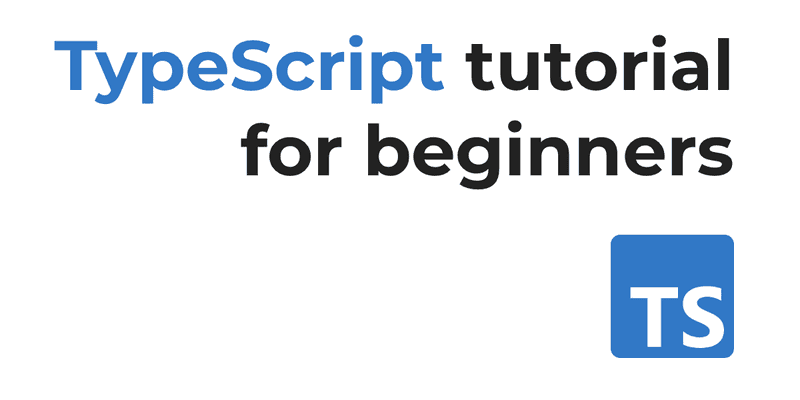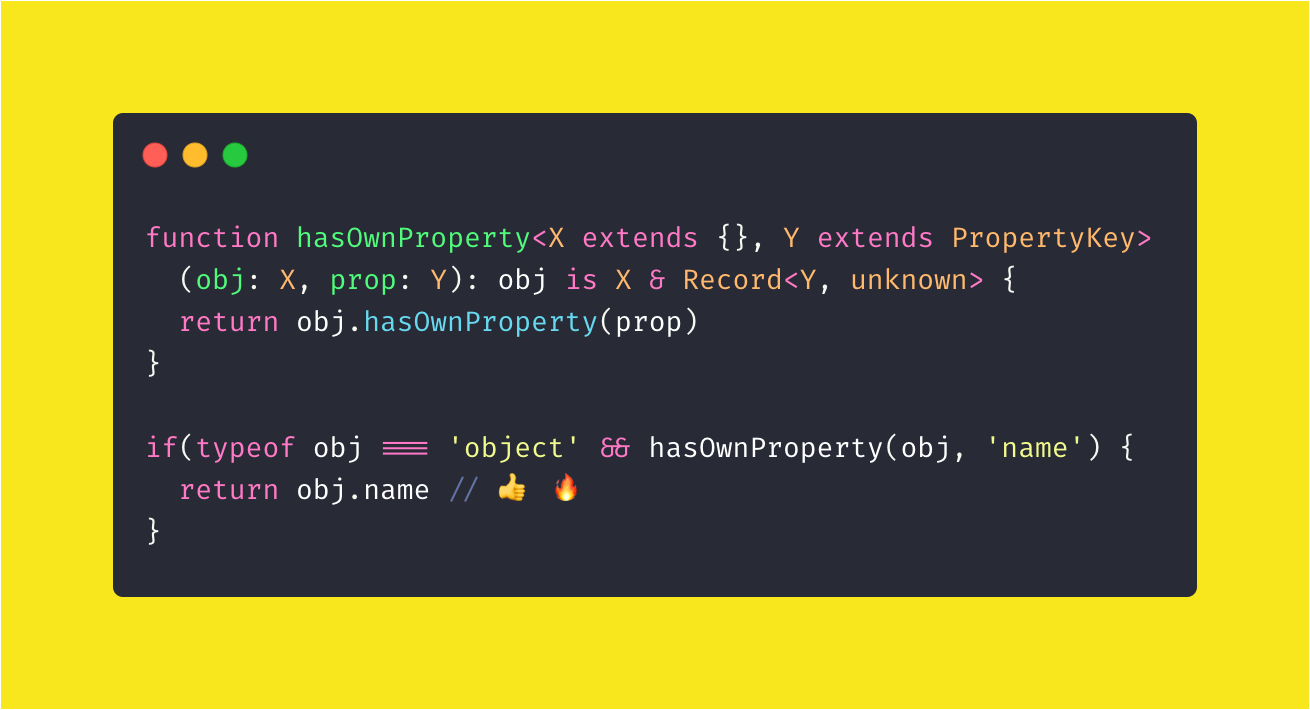

If (!error.property || error.property != errorMaxLimit) Use return to prevent running undesired logic (alternative solution)Īnother solution is to use the return keyword instead of the break keyword to prevent running undesired logic. If (value > maxValue) throw new Error(errorMaxLimit) This can look like the following example: const myArray = Ĭonst errorMaxLimit = "Max limit reached"

Also, verify the ssage value matches the custom message. To make sure we keep running the code as long as we trigger are custom error, verify the error contains the message property. While this solution works, it opens the room to let the code keep running in case there is an unexpected error different from our custom Error("Max limit reached") error. If (value > maxValue) throw new Error("Max limit reached") Throwing an error forces the program to immediately stop running any additional logic. To fix this error and successfully break the forEach() loop either in TypeScript or JavaScript, wrap the forEach() logic inside a try/catch statement and throw an error inside the forEach() callback function to break the loop. Conclusion Throw an error to break the loop.Use a traditional for loop or a for of loop and preserve the break keyword.Why do you recommend using return if it can have performance issues?.Why using return inside the forEach() loop causes performance issues?.Use return to prevent running undesired logic (alternative solution).


 0 kommentar(er)
0 kommentar(er)
